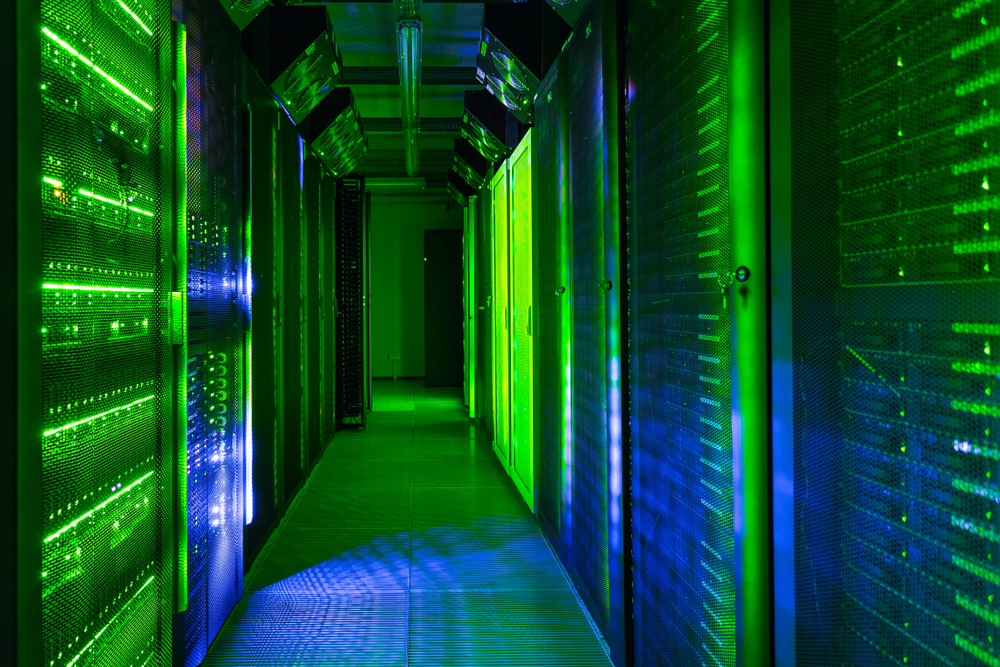Nutanix has today announced that, in response to the global climate crisis and the recent energy crisis, it has sponsored an in-depth report to help business decision makers not only minimise energy costs but radically cut the carbon footprint of their datacentre assets.
The current energy crisis has led to soaring energy costs across Europe, making energy efficiency and supply a number one priority for CIOs and datacentre providers alike. Events such as COP27 raised awareness of the need for businesses, across the board, to put sustainability and climate protection at the top of the strategic agenda. However, while the majority are keen to do just that, there is little in the way of objective information when it comes to what the options are, the comparative benefits and the inherent risks of different approaches. Particularly when it comes to IT infrastructure and the datacentre, which need to be high on the agenda for organisations’ net zero plans to succeed.
“Datacentres and digital infrastructures as a whole account for a substantial share of worldwide energy consumption with a considerable carbon footprint,” commented Sammy Zoghlami, SVP Nutanix EMEA, “In EMEA alone datacentres consume over 90TWh per year with an emissions level equivalent to roughly 5.9 million vehicles (27 million tonnes CO²e). Action here can have a huge impact on climate change but has to be tempered against the need for businesses to compete effectively in increasingly digital marketplaces. Hence this Nutanix sponsored report which examines in detail how different datacentre technologies compare when businesses examine the pros and cons of looking to achieve their climate neutrality goals.”
Key findings of this report include:
- Alongside automation, innovative cooling systems and renewable energies, the transformation of traditional 3-Tier architectures towards next generation models – like hyperconverged infrastructures (HCI) – will be key to realising the savings potential in datacentre energy consumption and carbon footprint.
- Measurable benefits could be achieved across a range of organisations from large scale hyperscalers and managed service providers to large enterprises and small businesses.
- In comparison to traditional 3-tier IT platforms, next generation HCI architectures could potentially reduce energy consumption and carbon footprint by roughly 27% per year.
- Across the EMEA region HCI transformation has the potential to reduce energy consumption by 56.7 TWh and cut emissions by 14.2 million tonnes of CO²e over the period 2022-2025
- By 2025 a full changeover to HCI across UK datacentres could potentially save 8.1 TWh of energy and 1.8 million tonnes of CO²e, roughly the same as taking 400,000 cars off the road
- By 2025 a full changeover to HCI across datacentres in the Middle East & Africa could potentially save 4 TWh of energy and roughly 2.4 million tonnes of CO²e.
- Large-scale co-location datacentres offer a much lower PUE (Power Usage Effectiveness) factor than typical on-premises facilities. Switching these to HCI architectures could potentially boost energy saving towards 30-40%.
- Next-generation co-location datacentres could provide access to renewable energy through long-term Power Purchase Agreements (PPA) and so contribute to an organisation’s climate neutrality goal without having to invest in CO2 certificates.
- Businesses planning the move towards an HCI architecture within their own on-premises datacentres should also evaluate next generation cooling technologies as energy prices rise.
- The datacentre industry has delivered significant energy efficiency improvements over past decades and is now one of the most advanced in terms of both energy efficiency and decarbonis Nevertheless, future energy demand will rise substantially and will result in large amounts of carbon dioxide emissions. Innovative technologies, like HCI, could create considerable efficiency potentials and have a strong impact on energy cost savings.
About the Report
The results and forecasts in the Nutanix sponsored report are based on an original analysis created by independent research and advisory firm Atlantic Ventures in March 2022. It compares and contrasts a variety of technological models with particular reference to traditional three-tier architectures and more recent hyperconverged infrastructure (HCI) approaches where it models a typical Western European manufacturer to estimate datacentre energy requirements and carbon footprint across different localities. The potential effects of hyper converged infrastructures (HCI) on energy costs and CO2 emissions in the datacentre are examined as part of this model calculation. For the first time, the report offers a forecast with regard to the aggregated savings potential at European level (EMEA) and individual national markets. This highlights what a broad-based trans-formation towards modern datacentre architectures could achieve in terms of energy efficiency and climate protection.
“The aim of this report is to offer business decision makers suggestions and food for thought for designing an energy efficient and climate-friendly IT infrastructure,” commented Dr Carlo Velten, Director, Atlantic Ventures. “In particular, hyperconverged infrastructures where we look in detail at the technology and quantify the potential benefits at both a European and national level. We hope it will be of value and provide real insight when it comes to understanding what a broad-based transformation towards modern datacentre models could achieve in terms of energy efficiency and climate protection.”
If you would like to learn more about the background, methodology and sources of information used in this report please contact Nutanix.









Discussion about this post